Environmental impact
An environmental impact assessment is always part of wind farm planning.
The strategic environmental assessment of the Purtse wind farm was completed in 2011.
Below are its main findings.
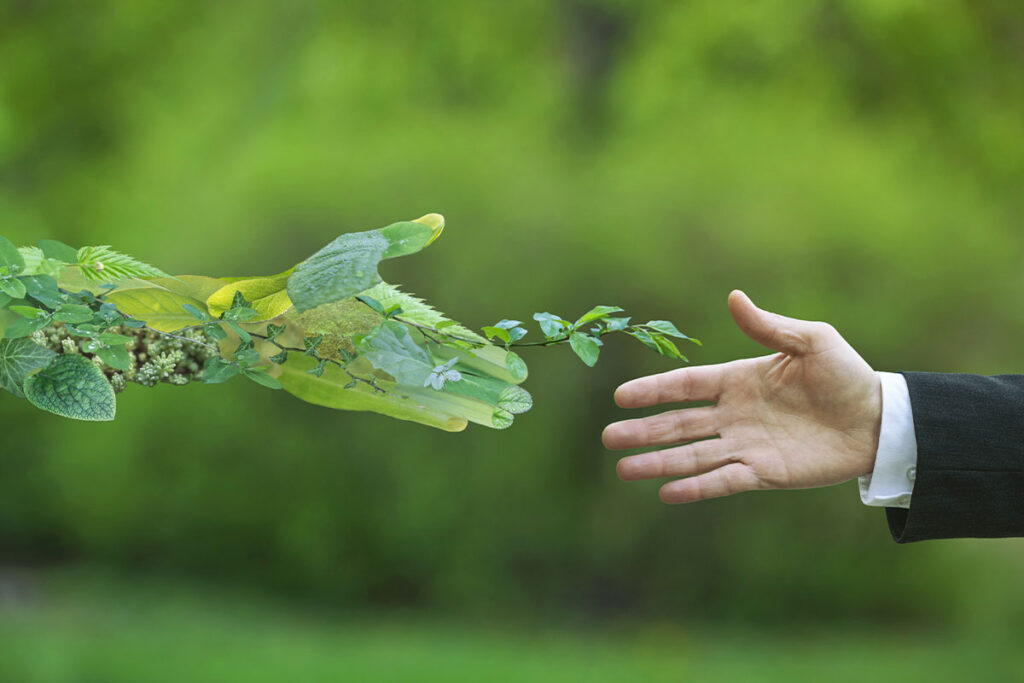
An environmental impact assessment is always part of wind farm planning. The strategic environmental assessment of the Purtse wind farm was completed in 2011.
The main conclusion is that there are no environmentally sensitive features or installations requiring environmental protection zones in the planning area. Future land use development should take into account the potential constraints of wind turbine noise (particularly for residential development).
The total noise emitted by wind turbines must comply with the established standards. If the different possible operators of the wind turbines cannot otherwise achieve the noise level, the wind turbine closest to the area where the noise level exceeds the standard will be switched off, followed, if necessary, by the next wind turbine at a distance, until the noise level reaches the standard.
In the opinion of the environmental impact assessment working group and taking into account the existing development documents, it is reasonable to proceed with the proposed wind farm.
Social impact
The social environment of the municipalities of Sonda and Lüganuse will be indirectly affected by the proposed wind farm. The establishment and exploitation of wind farms can have an impact on employment, land use, the property market, recreational opportunities, and the overall economic climate.
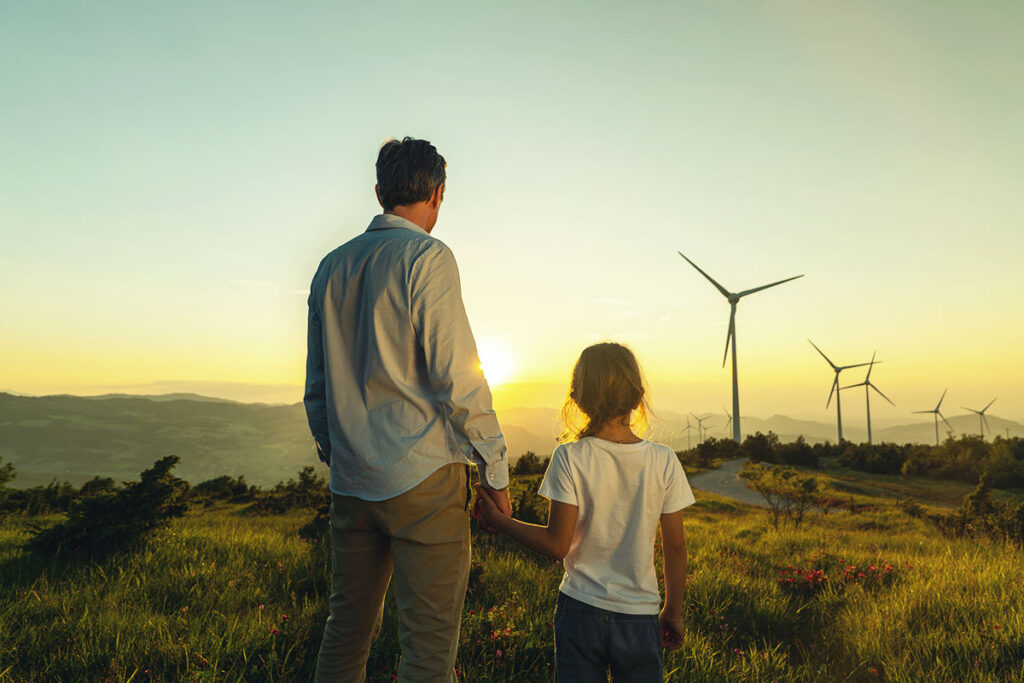
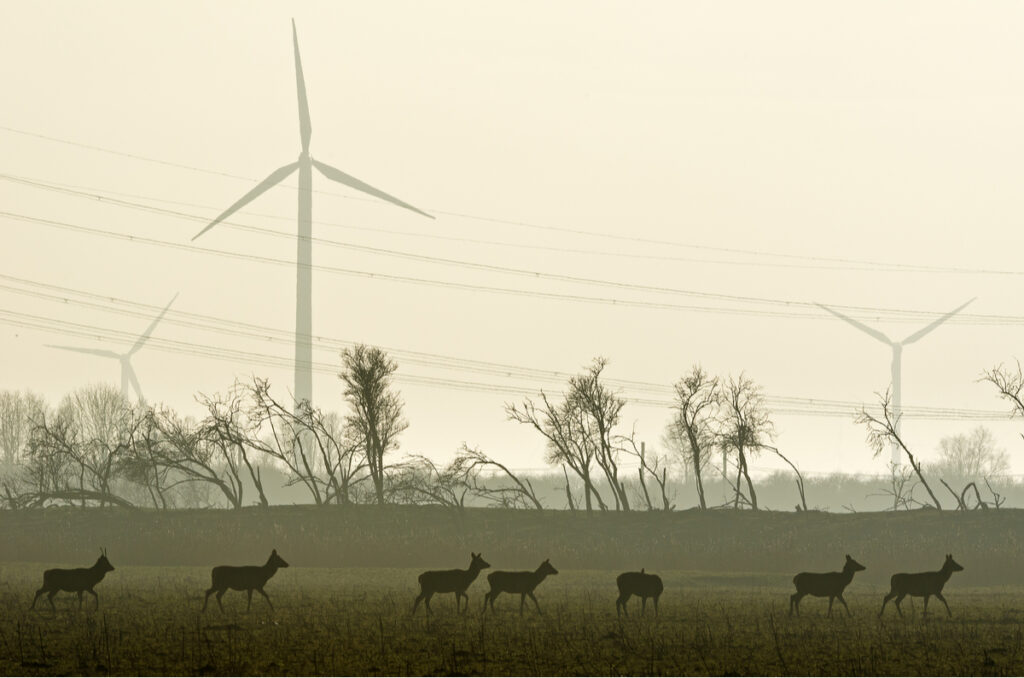
Vegetation
Construction activities are the main source of direct impacts on vegetation and landscape.
This will result in the direct destruction of the subsoil and vegetation beneath wind turbine foundations, assembly platforms and roads, as well as a partial alteration of the structure of the slopes. As part of the area has been previously affected by human activities, mainly agricultural, and does not have a high nature conservation value directly related to wind turbines and other structures, the damage caused is not significant. In the case of wind farms, the total area under the buildings is modest – up to a few percent of the total area of the wind farm.
There are no known sites of protected plant species under the buildings.
The planning area does not contain any protected areas, permanent habitats, protected natural sites or natural sites protected at local authority level.
There is one protected area in the south-east of the planning area (the Uhaku karst area), but it does not lie on the land under the planned wind turbines.
Visual impact
The wind farm will significantly change the overall visual situation in the area.
The main change brought about by the construction of wind turbines is the addition of a vertical dimension to the landscape, the objective assessment of the negative/positive impact of which remains a matter of debate.
There are no scenic beauty spots identified in the county’s thematic plan. One of the nearest viewpoints is on Purtse forest hill. The proposed wind turbines are located in a relatively narrow sector for this viewpoint and will not significantly impair the view of the Kiviõli ash hill. Rather, the wind turbines blend into a coherent ensemble with the chimneys and industrial buildings of Kiviõli. However, in the case of beautiful stretches of road, the view from the other side of the road is fully preserved.
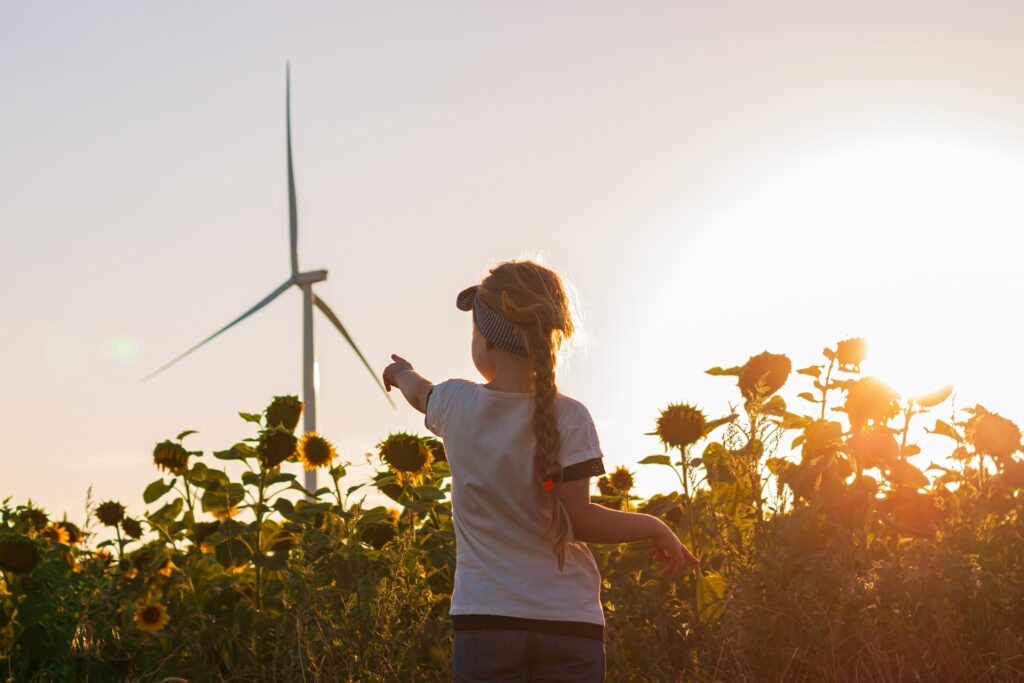
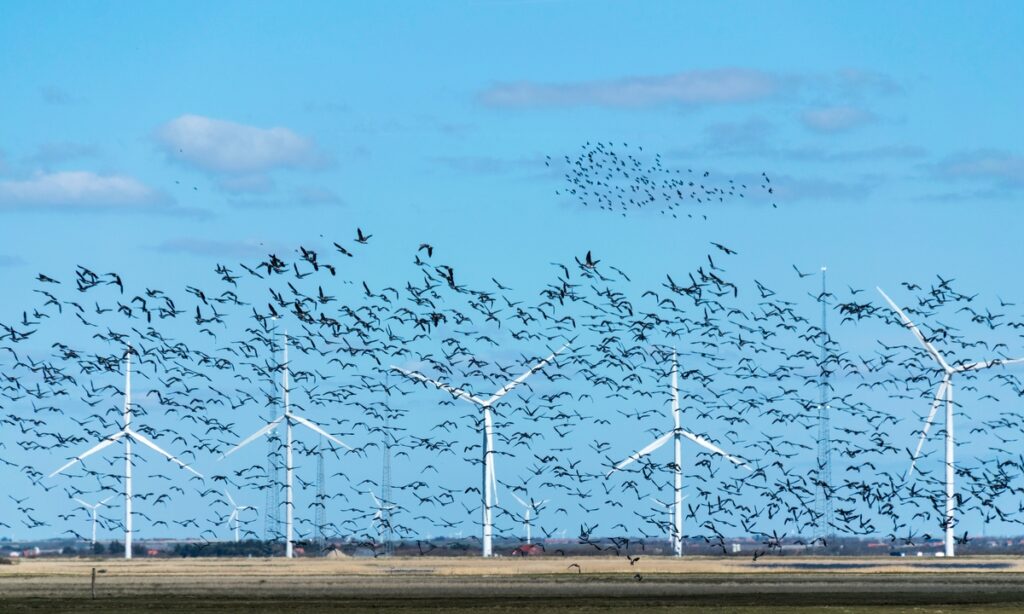
Birds and animals
The proposed activities, mainly the exploitation of the wind farm, may have some impacts, mainly on birds and bats. The rest of the fauna will only be disturbed during the period of wind turbine construction, but there will be no significant reduction in habitat quantity or quality in the longer term.
In the case of the Purtse wind farm area, some disturbance of local breeding birds and avoidance of close proximity to turbines by species can probably be considered more important. Relatively little is known about passerines (the most abundant in the area), but it has been found that, for example, passerines nesting in meadows were more abundant away from wind turbines. Therefore, it can be assumed that wind turbines will also have some sort of deterrent effect in Purtse.
Noise
As far as noise is concerned, people can mainly hear the mid-frequency and high-frequency noise generated by the wind turbine blades, while other noise sources are negligible. It is not possible to completely avoid the noise generated by the blades. Noise levels can be reduced by reducing the number of rotor revolutions. In calmer winds, the number of revolutions is lower, and with it the noise level. As the wind speed increases, the number of rotations increases, but at the same time, the natural noise background also increases.
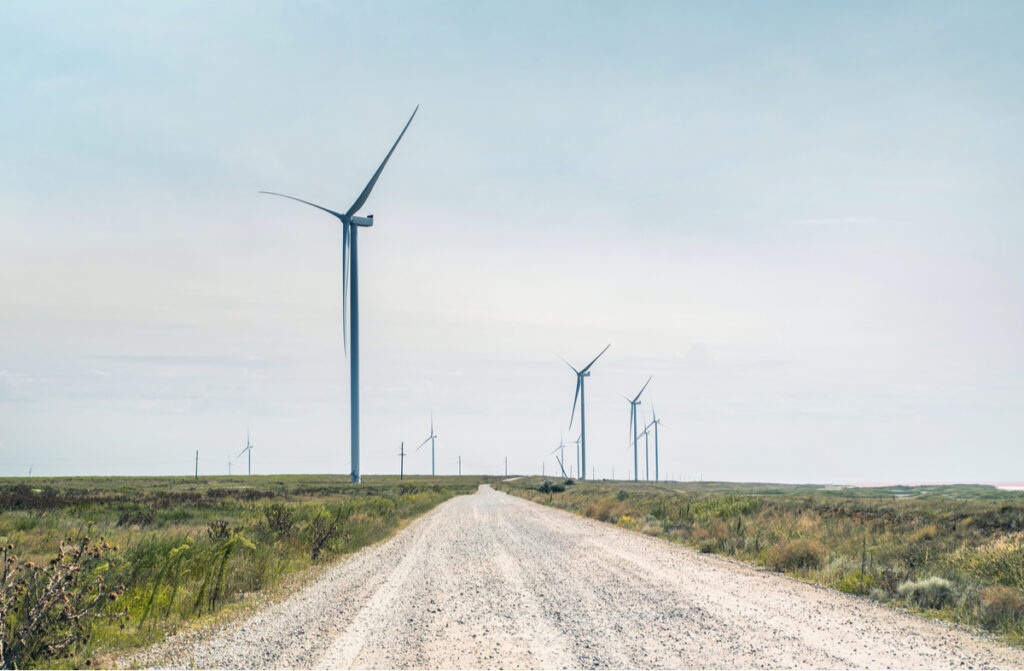
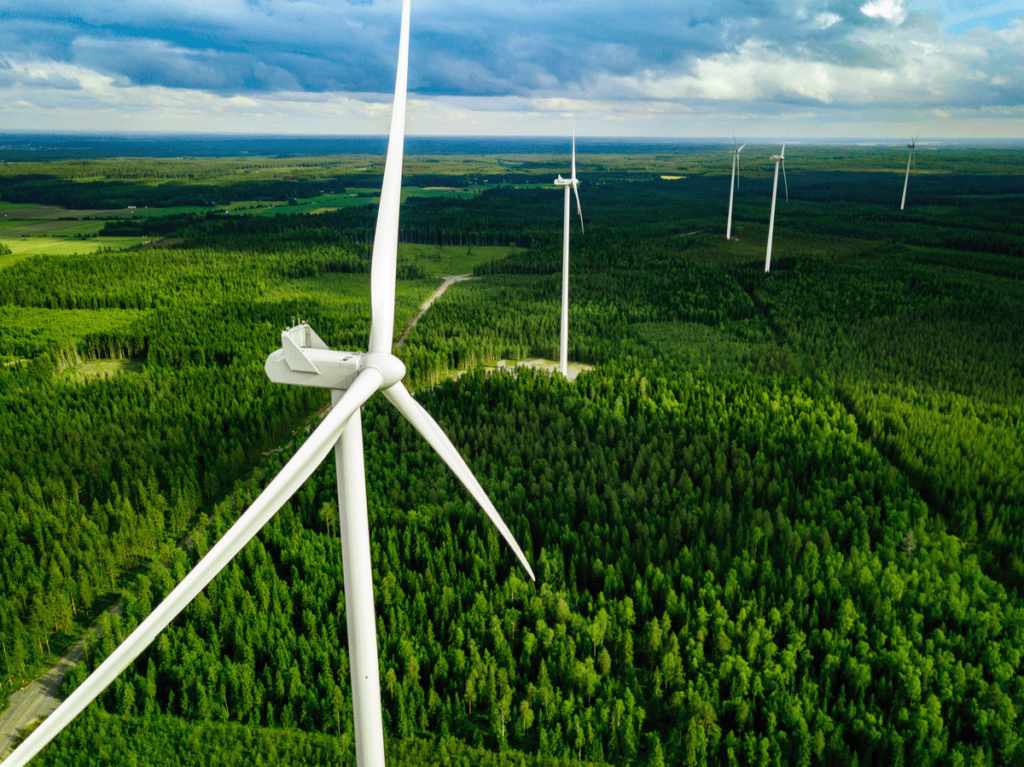
Infrasound
The potential infrasound from wind turbine operation has been investigated over the past decade in the UK, Denmark, Germany, and the US, including a large number of test measurements, but the overall conclusion is that the low frequency noise and vibration generated by modern, counter-regulated wind turbines is at very low levels, well below the perception threshold.